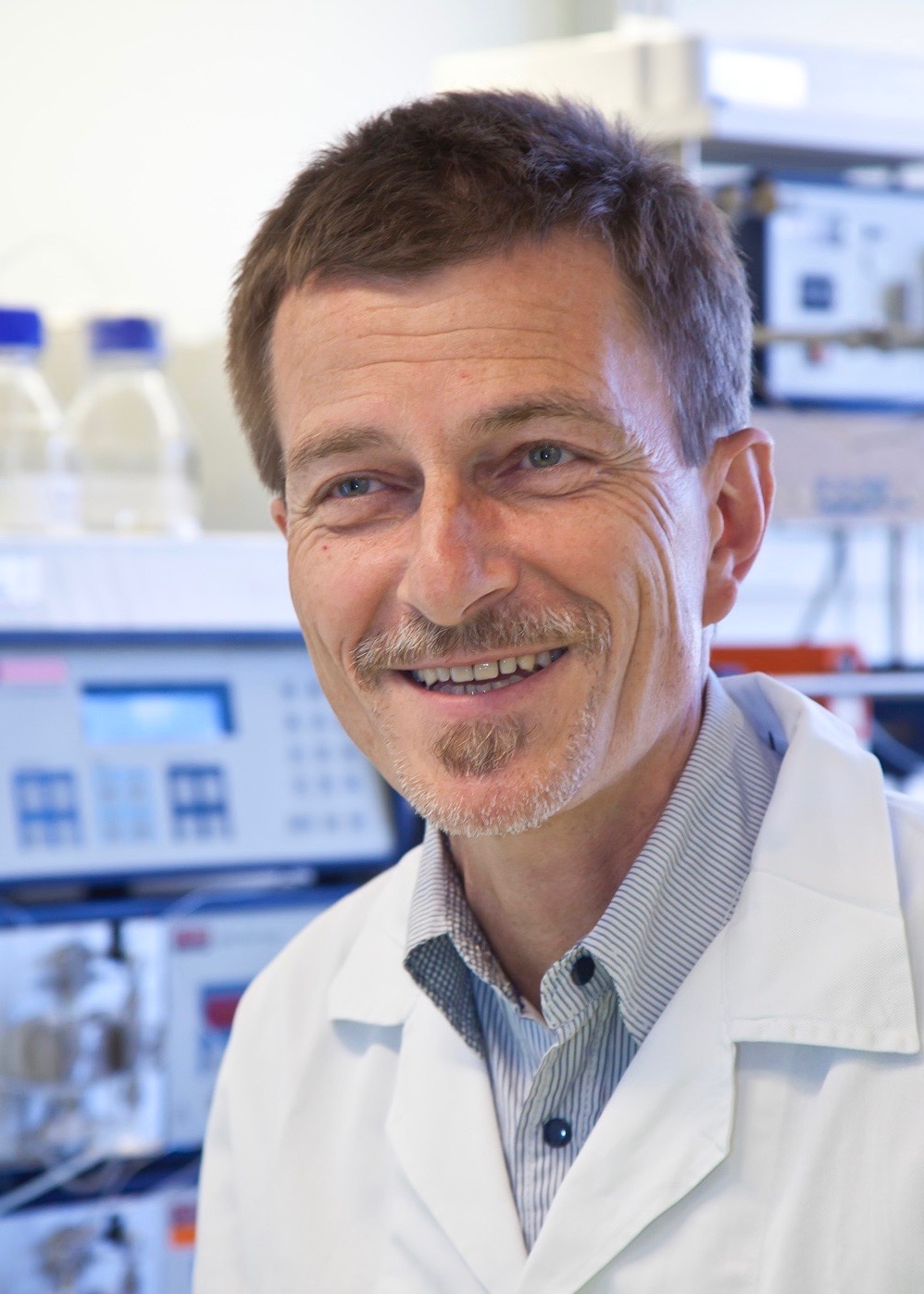Structure & Function of Chromatin: Maize & Mouse

Professor
Peter Loidl
phone: +43/512/9003-70200
email: peter.loidl@i-med.ac.at
CV
Chromatin represents a complex structure basically built from repeating units, the nucleosomes. These consist of DNA wrapped around an octamer of the core histones. The octamer is formed by 2 molecules each of histones H2A, H2B, H3, and H4. At least 2 different domains can be distinguished in core histones, a globular domain involved in histone-histone interactions (containing the histone fold motif) and the flexible N-terminal tails (of H3 and H4) or N-terminal and C-terminal tails (of H2A and H2B). In the past years our traditional picture of eukaryotic chromatin as a static and largely repressive functional state has changed to a more complex view of chromatin as a highly dynamic state that is essential for regulating cellular functions. The dynamic properties of chromatin are mediated by multiprotein complexes with different functions that set marks overlying the stable information of the DNA. Prominent factors that influence chromatin structure and function are enzymes that modify the histones and chromatin remodeling machines which utilize ATP. The modifications include acetylation, methylation, phosphorylation, ubiquitination, glycosylation, ADP-ribosylation, carbonylation, sumoylation, biotinylation and others which all can cause structural and functional rearrangements in chromatin and therefore represent essential elements of the complex epigenetic histone code. To decipher this code which is recognized and interpreted by transcriptional regulators and chromatin remodeling machines is one of the central challenges of chromatin research.
Our laboratory is particularly interested in the biological function of posttranslational histone modifications. We have extensively characterized and purified histone acetyltransferases and deacetylases in lower eukaryotes (Physarum polycephalum, Aspergillus nidulans, Cochliobolus carbonum and plants (Zea mays, Arabidopsis thaliana). Major breakthroughs were the identification and analysis of a novel type of histone deacetylase in maize, a nucleolar phosphoprotein, unrelated to other deacetylases and the finding that limited proteolysis plays a major role in the regulation of the Rpd3 related deacetylase HDA1 of maize.
Histone modifying enzymes not only affect nuclear histones but also a great variety of non-histone regulatory and structural proteins. We focused on the reversible acetylation of UBF, an activator of RNA polymerase I transcription and the cell cycle dependent role of HDAC 1 in ribosomal DNA transcription. Furthermore, we are interested in the cell cycle dependent acetylation and phosphorylation of Rb2/p130 in murine cells.



